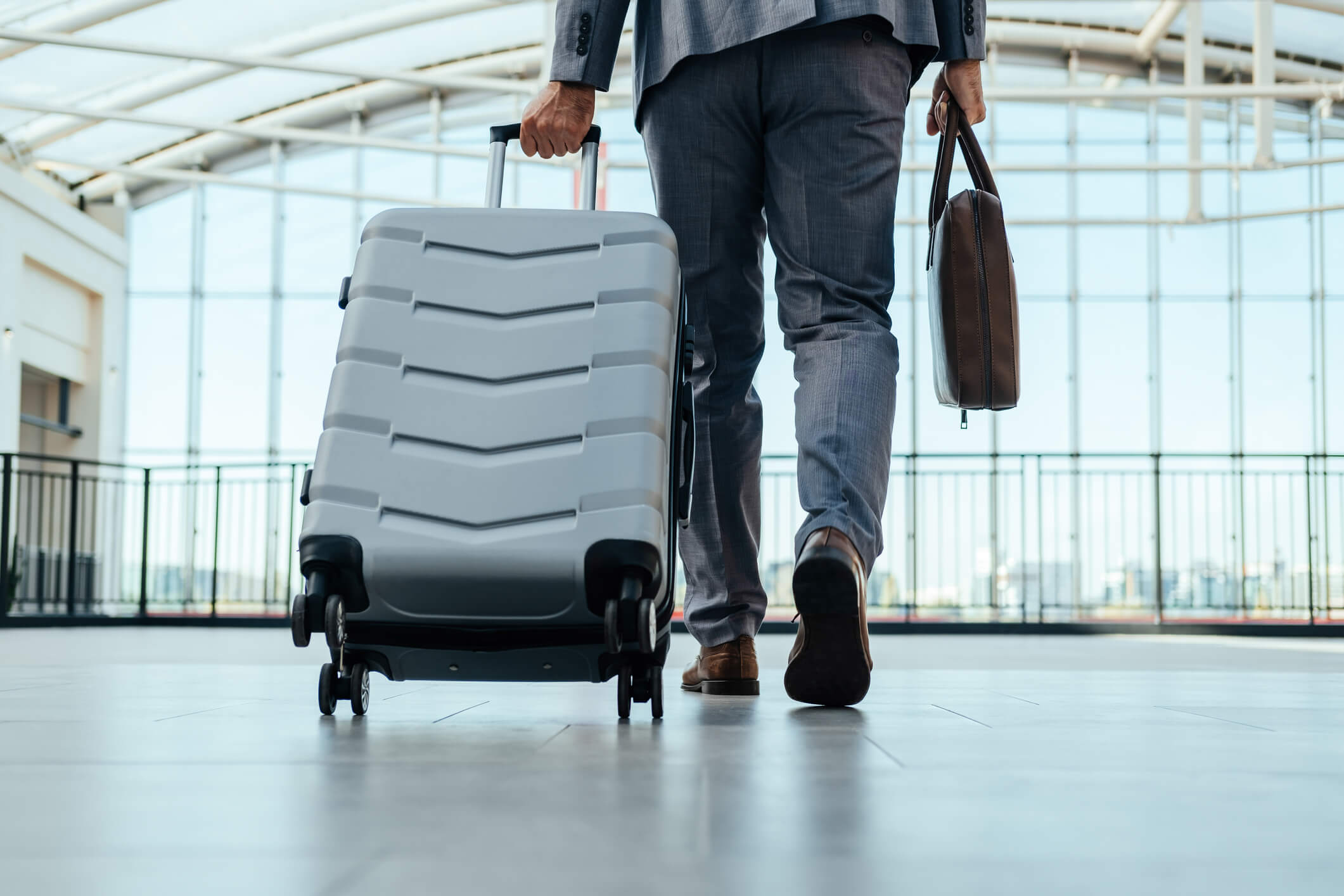How To Convert a Tourist Visa to a Work Visa in the USA

Thinking about turning your tourist visa into a work visa in the USA? You're not alone. Many visitors fall in love with the opportunities and lifestyle in America and want to stay longer. But how do you make that happen? Changing your visa status involves a few steps and some paperwork, but it’s doable with the right guidance. First, you need a job offer from a U.S. employer willing to sponsor you. Then, you’ll have to apply for a change of status with the U.S. Citizenship and Immigration Services (USCIS). Understanding the process and requirements is key to making your American dream a reality. Let's break it down so you can start planning your next steps.
Understanding the Basics
Switching from a tourist visa to a work visa in the USA can seem tricky. But with the right steps, it's doable. Let's break it down into simple parts.
Know Your Visa Options
Before making any moves, it's crucial to know which work visas are available. Each has its own rules and requirements.
H-1B Visa: This is for people in specialty occupations. You need a job offer from a U.S. employer who will sponsor you. The job must require a bachelor's degree or higher.
L-1 Visa: If you work for a company with a branch in the USA, this might be for you. It's for employees transferring to a U.S. office.
O-1 Visa: Are you extraordinary in your field? This visa is for those with exceptional skills in arts, sciences, business, or athletics.
E-2 Visa: For investors or entrepreneurs. If you plan to invest a significant amount in a U.S. business, this could be your path.
Find a U.S. Employer
To get a work visa, you need a job offer from a U.S. company. Here's how to start your job hunt.
Networking: Connect with professionals in your field. Attend industry events or join online groups.
Job Portals: Websites like LinkedIn, Indeed, and Glassdoor are great places to find job listings.
Recruitment Agencies: Some agencies specialize in placing international workers in U.S. jobs.
Apply for the Visa
Once you have a job offer, it's time to apply for the visa. This process involves several steps.
Employer Petition: Your employer must file a petition with U.S. Citizenship and Immigration Services (USCIS). For H-1B, it's the Form I-129.
Visa Application: After the petition is approved, apply for the visa at a U.S. embassy or consulate in your home country.
Interview: Attend a visa interview. Be prepared to answer questions about your job and qualifications.
Prepare for the Transition
Getting the visa is just the start. Preparing for life and work in the USA is essential.
Housing: Research housing options near your workplace. Consider cost, commute, and neighborhood safety.
Banking: Open a U.S. bank account. It makes managing finances easier.
Healthcare: Understand the U.S. healthcare system. Consider getting health insurance.
Stay Informed
Immigration laws can change. Staying updated ensures you remain compliant with U.S. regulations.
USCIS Website: Regularly check for updates on visa policies and procedures.
Legal Advice: Consult with an immigration attorney if you have questions or concerns.
Community Groups: Join groups of expats or immigrants in the USA. They can offer support and advice.
Making the Transition
Switching from a tourist visa to a work visa in the USA can feel like a big task, but with the right steps, it becomes manageable. First, ensure eligibility by securing a job offer from a U.S. employer willing to sponsor your work visa. Next, choose the appropriate visa type, like the H-1B or L-1, based on your job and qualifications. Gather necessary documents, including your passport, job offer letter, and educational credentials. Submit your application through the U.S. Citizenship and Immigration Services (USCIS) and be prepared for an interview. Patience is key, as processing times can vary. Staying informed about immigration policies and seeking professional advice when needed can make the process smoother. Successfully transitioning to a work visa opens doors to new opportunities and experiences in the United States.

